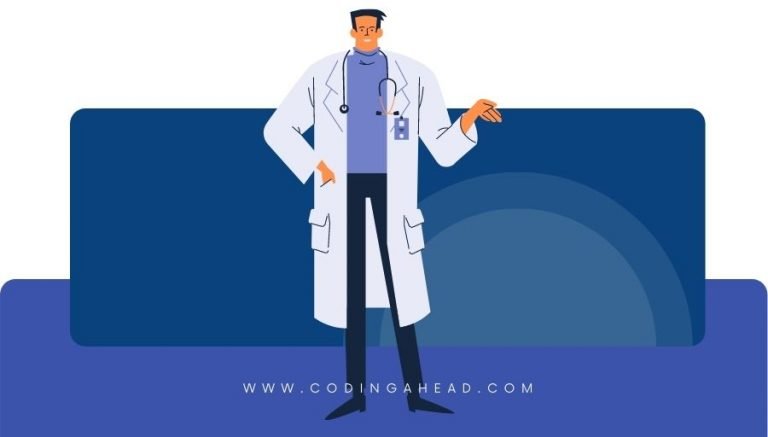How To Use CPT Code 15110
CPT 15110 describes the procedure of epidermal autograft, specifically for the trunk, arms, and legs. This article will cover the description, procedure, qualifying circumstances, appropriate usage, documentation requirements, billing guidelines, historical information and billing examples.
1. What is CPT Code 15110?
CPT 15110 is a code that represents the harvesting and placement of an epidermal autograft on the trunk, arms, or legs. This procedure involves taking a thin layer of epidermis from a donor site and transplanting it onto a burn or wound on the same patient. The amount covered by this code is the first 100 square centimeters or less for adults, or one percent of the body area for infants and children.
2. Official Description
The official description of CPT code 15110 is: ‘Epidermal autograft, trunk, arms, legs first 100 sq cm or less, or 1% of body area of infants and children.’
3. Procedure
The procedure for CPT code 15110 involves several steps:
- A dermatome is used to harvest a thin layer of epidermis, typically measuring 0.004 to 0.006 inches in depth.
- The harvested epidermis is then transplanted from the donor site to the recipient burn or wound on the trunk, arms, or legs of the same patient.
- This procedure is usually the second stage of a two-step process, where the burn or wound site is initially closed temporarily with an acellular dermal replacement matrix.
4. Qualifying circumstances
CPT code 15110 is applicable when the epidermal autograft is performed on the trunk, arms, or legs of a patient. The coverage includes the first 100 square centimeters or less for adults, or one percent of the body area for infants and children. It is important to note that this code specifically refers to autografts and does not include tissue cultured autografts.
5. When to use CPT code 15110
CPT code 15110 should be used when performing an epidermal autograft procedure on the trunk, arms, or legs. It is important to ensure that the procedure meets the specific criteria outlined in the code description, such as the size limitations for adults and infants/children.
6. Documentation requirements
When reporting CPT code 15110, the following documentation is required:
- Documentation of the patient’s diagnosis and the need for the epidermal autograft procedure.
- Details of the specific procedure performed, including the location on the trunk, arms, or legs.
- Documentation of the size of the graft, ensuring it falls within the coverage limits specified in the code description.
- Documentation of the use of a dermatome for harvesting the epidermis and the transplantation process.
- Any additional relevant information, such as the use of an acellular dermal replacement matrix in a two-step process.
7. Billing guidelines
When billing for CPT code 15110, it is important to follow the appropriate guidelines:
- Ensure that the procedure meets the specific criteria outlined in the code description, including the location and size limitations.
- Do not report CPT code 15110 if tissue cultured autografts are used instead of autografts.
- Consider any additional procedures or services performed in conjunction with the epidermal autograft and report them accordingly.
8. Historical information
CPT code 15110 was added to the Current Procedural Terminology system on January 1, 2006. There have been no updates or changes to the code since its addition.
9. Examples
- A patient with a burn on their leg undergoes an epidermal autograft procedure to transplant a thin layer of epidermis from a donor site to the burn site.
- An individual with a wound on their arm receives an epidermal autograft to promote healing and closure of the wound.
- A patient with a large burn on their trunk undergoes an epidermal autograft procedure to cover the burn area and facilitate healing.
- An infant with a burn on their leg receives an epidermal autograft to promote healing and prevent infection.
- A child with a wound on their arm undergoes an epidermal autograft procedure to close the wound and promote healing.
- A patient with a burn on their leg receives an epidermal autograft to cover the burn area and facilitate healing.
- An individual with a wound on their trunk undergoes an epidermal autograft procedure to promote healing and closure of the wound.
- A patient with a large burn on their arm receives an epidermal autograft to cover the burn area and facilitate healing.
- An infant with a wound on their leg undergoes an epidermal autograft procedure to close the wound and promote healing.


